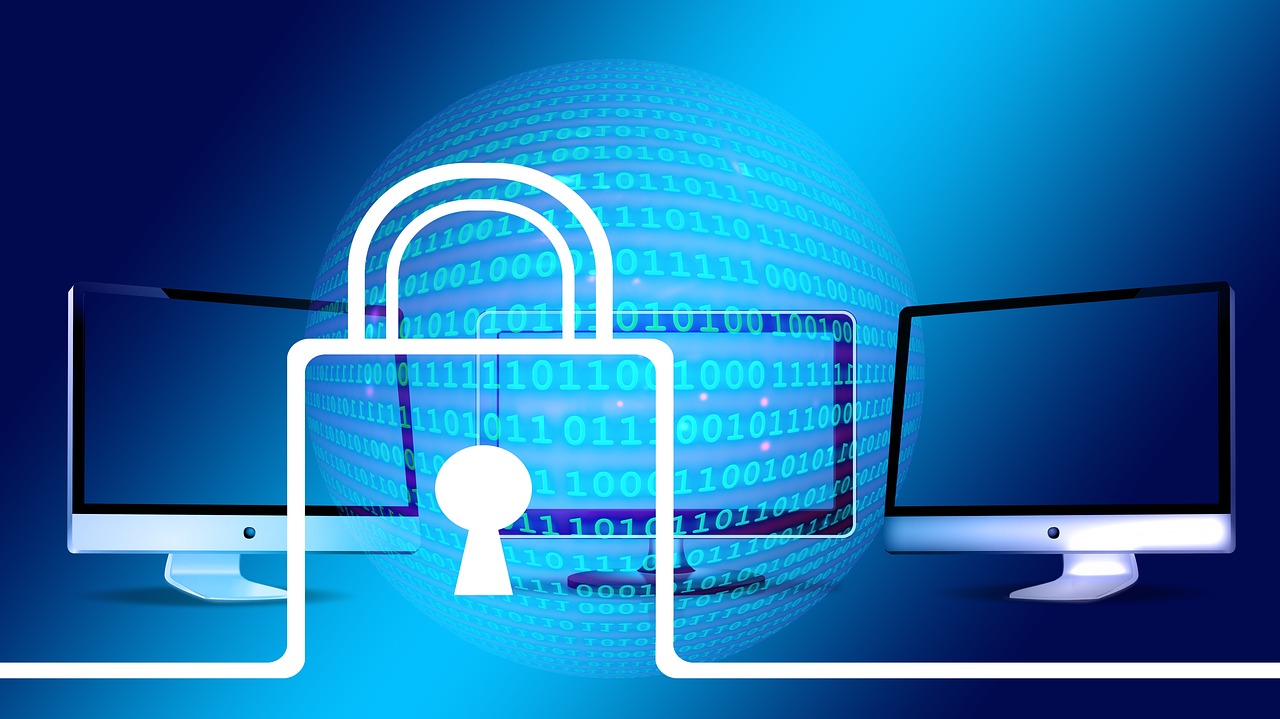 Email remains a cornerstone of communication. Whether for personal or professional use, email enables seamless exchange of information. However, the convenience and efficiency of email also come with inherent risks, as it's a prime target for cyberattacks and unauthorized access. To ensure the privacy and security of your digital communication, implementing robust email security practices is paramount.
Email remains a cornerstone of communication. Whether for personal or professional use, email enables seamless exchange of information. However, the convenience and efficiency of email also come with inherent risks, as it's a prime target for cyberattacks and unauthorized access. To ensure the privacy and security of your digital communication, implementing robust email security practices is paramount.
1. Strong Passwords and Multi-Factor Authentication (MFA)
Your email account's first line of defense is a strong password. A strong password should be unique, combining uppercase and lowercase letters, numbers, and special characters. Avoid using easily guessable information like birthdays or names. Regularly update your password and avoid reusing it for other accounts.
Multi-Factor Authentication (MFA) adds an extra layer of security. This requires a second form of verification, such as a text message or authentication app, before granting access. Even if someone manages to obtain your password, they won't be able to access your account without the additional verification.
2. Be Wary of Phishing Attempts
Phishing remains one of the most prevalent email-based threats. Cybercriminals craft convincing emails that appear to be from legitimate sources, aiming to trick recipients into revealing sensitive information or clicking on malicious links. Always scrutinize sender addresses and URLs, and avoid clicking on suspicious links or downloading attachments from unknown sources. When in doubt, verify the legitimacy of the email through a separate communication channel before taking any action.
3. Regular Software Updates
Maintaining up-to-date software for both your email client and operating system is crucial. Software updates often include security patches that address vulnerabilities that hackers could exploit. Enable automatic updates whenever possible to ensure you're always running the latest, most secure versions.
4. Encryption for Data Protection
Email encryption ensures that even if your messages are intercepted, they remain unreadable to unauthorized parties. Use services that offer end-to-end encryption, which encrypts the message on the sender's side and decrypts it on the recipient's side. This way, even the email service provider cannot access the content of your messages.
5. Secure Wi-Fi Connections
Avoid using public Wi-Fi networks for sending or accessing sensitive information through email. Public Wi-Fi networks are often less secure and can expose your data to potential attackers. If you must use public Wi-Fi, consider using a virtual private network (VPN) to encrypt your internet connection.
6. Regularly Monitor Account Activity
Frequently review your email account activity for any suspicious login attempts or unauthorized access. Many email services provide activity logs that show recent sign-ins, devices used, and locations. If you notice any unfamiliar activity, take immediate action to secure your account and change your password.
7. Use Separate Email Accounts
Consider using different email accounts for different purposes. For instance, have a personal email account and a separate one for professional communications. This practice limits the potential damage if one of your accounts is compromised. It's also advisable to avoid using your primary email address for online subscriptions or forums where security might be questionable.
8. Implement Email Filtering
Enable robust spam filters to automatically identify and filter out suspicious or malicious emails. While these filters might not catch every phishing attempt, they significantly reduce the risk of harmful messages reaching your inbox.
9. Educate Yourself and Others
Stay informed about the latest email security threats and educate yourself about common tactics used by cybercriminals. Share this knowledge with your friends, family, and colleagues to collectively strengthen email security awareness.
10. Backup Your Email Regularly
Keeping regular backups of your email will help you restore and get back to working faster in case of a ransomware attack. Having your email backed up offsite can help safeguard and segment your files in case of such attacks.
11. Disable External Email Forwarding
Prevent other unknown sources from forwarding your email. Maintaining presence over your email entities can prevent your email from falling onto lists used by scammers and phishing sites.
12. Setup Alerts When Rules Are Created
Have your email alert you automatically when new rules are created. Hackers around the world who gain access to your account may setup rules without your knowledge to gain more potential victims and spam other email accounts as you. Creating alerts to flag such rules can help stop an attack before it gets started.
13. Make Sure Your DNS Records Are Properly Setup
SPF Records and DKIM records are great ways to stop phishing and other email attacks that could affect your business. However if these records are not properly setup and maintained they can not help to prevent any such attacks. Making sure that your DKIM keys are rotated, and correctly setting up your SPF records are essential to staying secure.
Safeguarding your email communication requires a combination of strong passwords, multi-factor authentication, cautiousness against phishing attempts, regular software updates, encryption, secure network usage, and vigilant monitoring. By implementing these best practices, you can significantly reduce the risks associated with email-based cyberattacks and maintain the privacy of your digital conversations. Remember, email security is an ongoing effort that demands attention and adaptability in the face of evolving threats.
Natural Networks works to implement safeguards and protections from business class email spam filters, to helping educate your users on phishing emails and how to avoid them. If your interested in learning how Natural Networks can help elevate your teams email experience, give us a call today!



